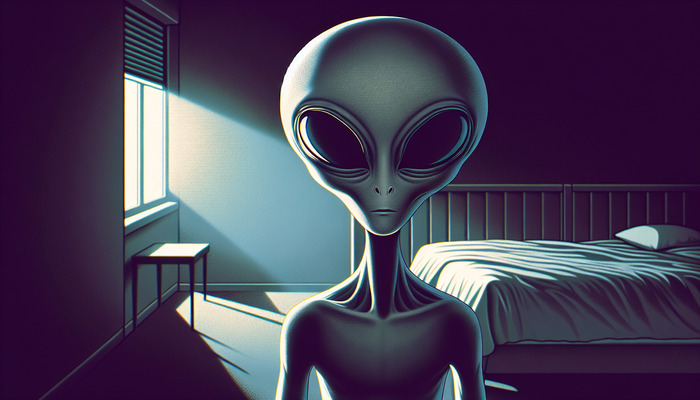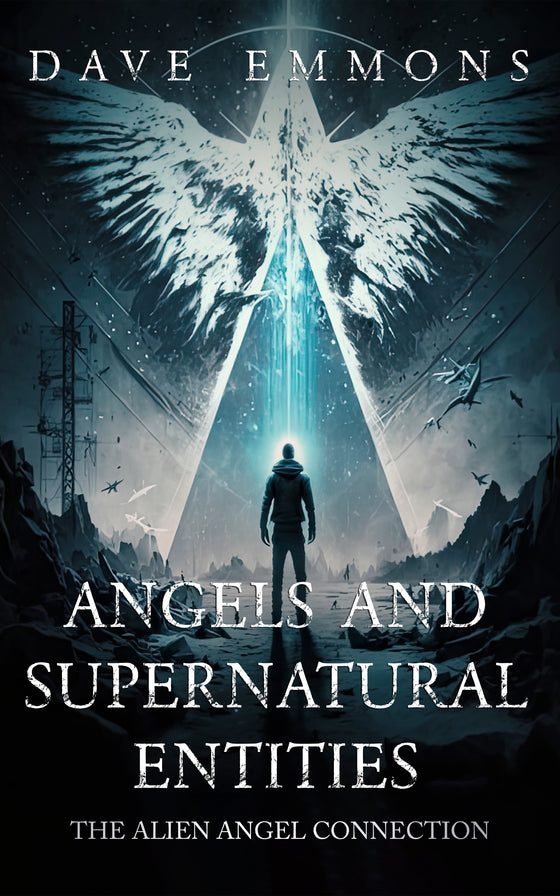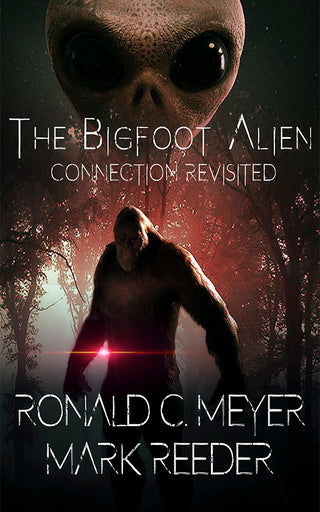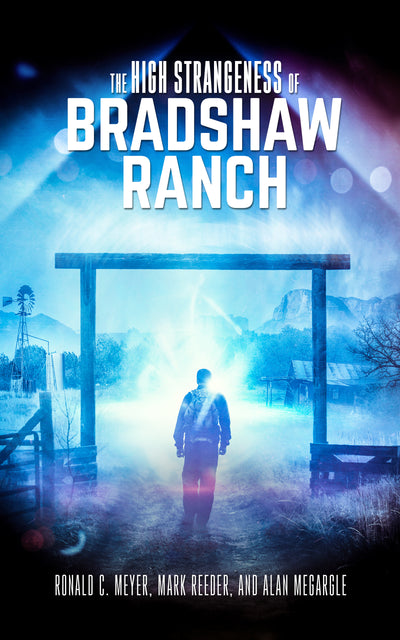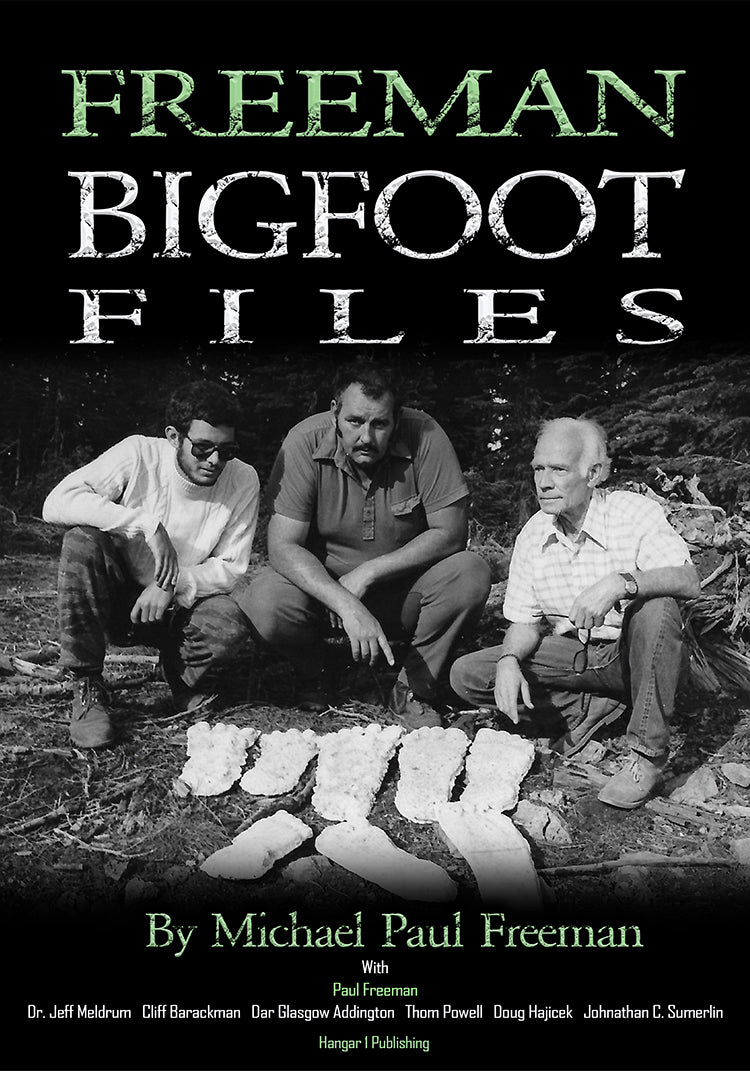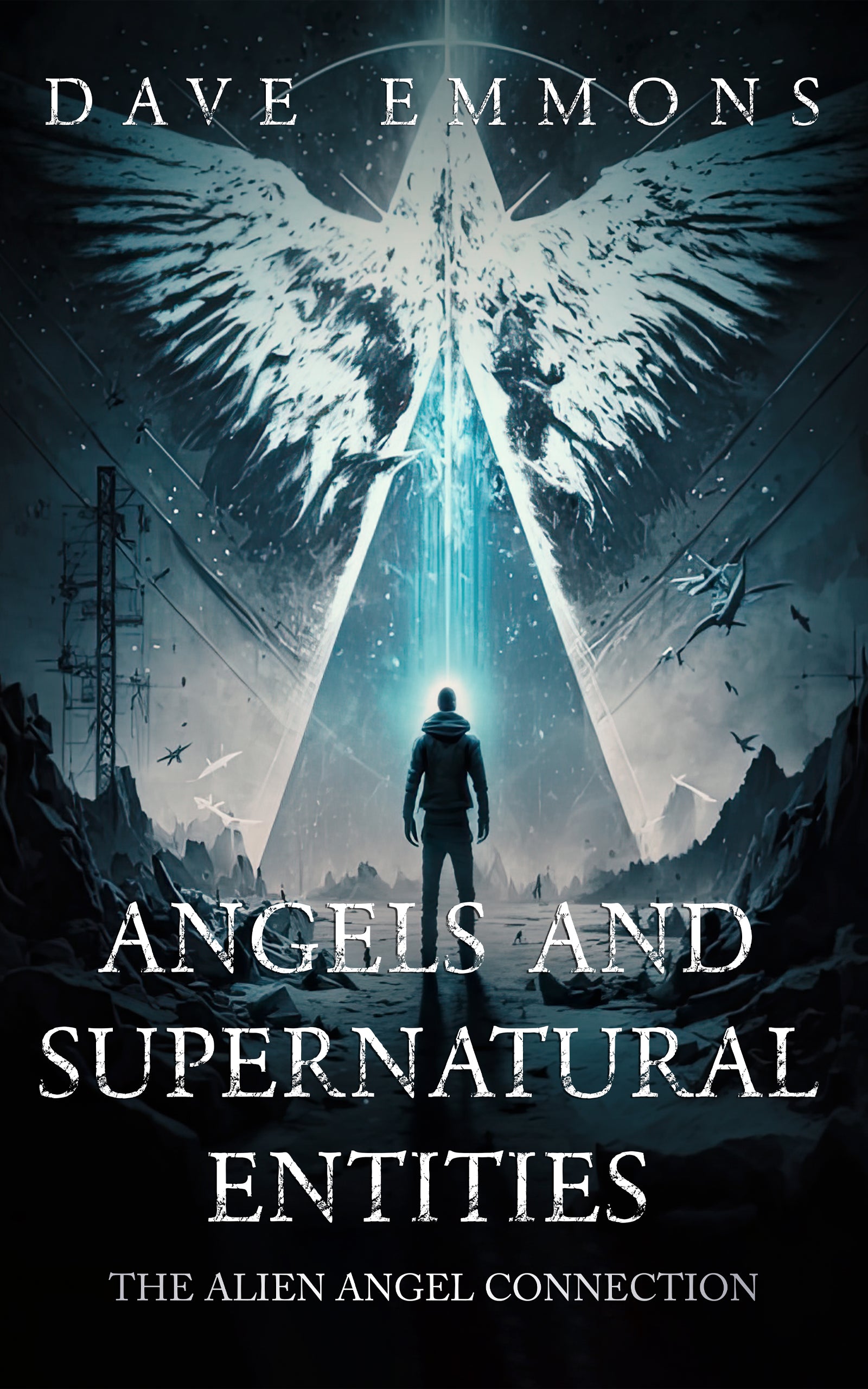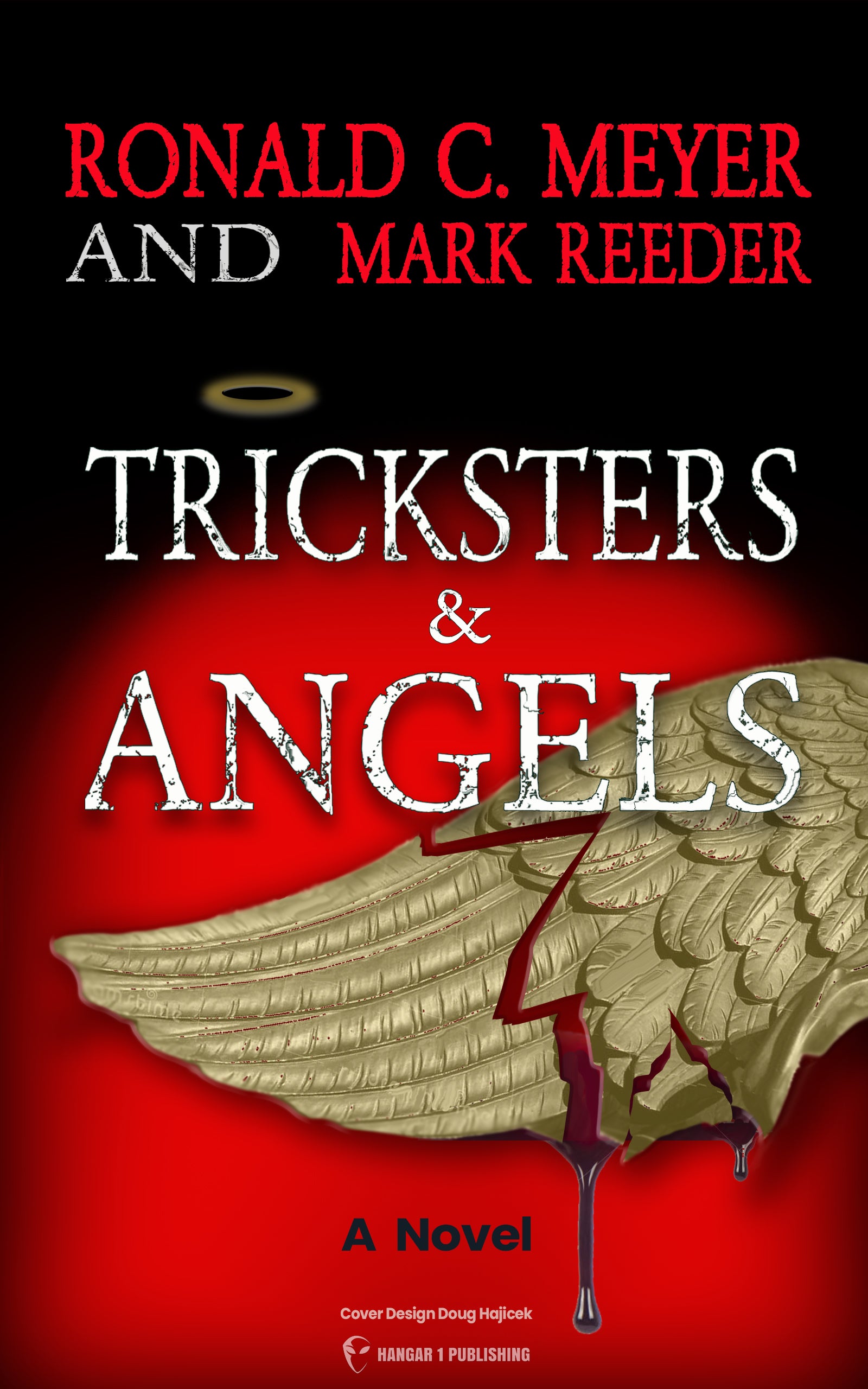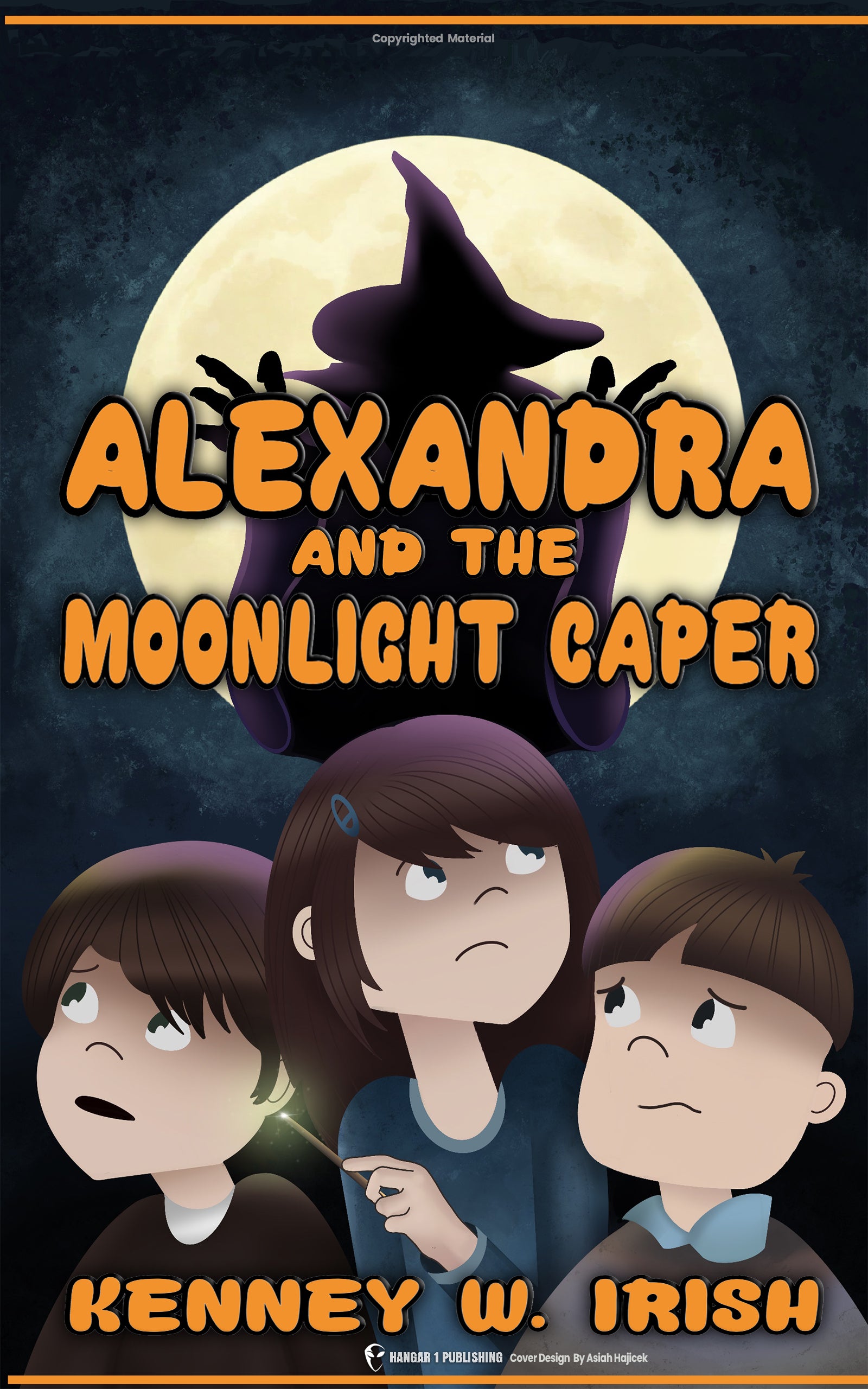Exploring Nikola Tesla’s Flying Machine Concepts
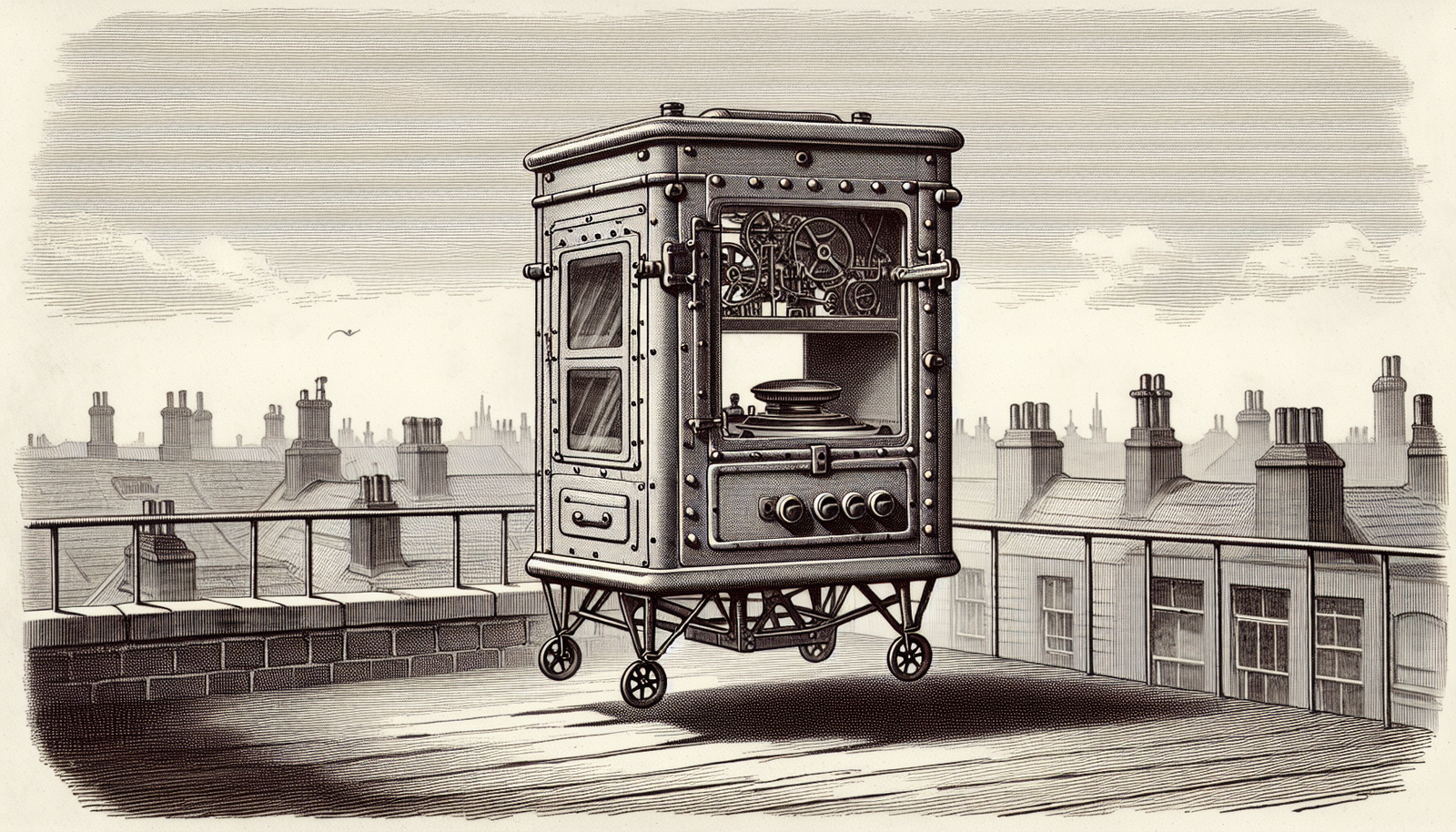
By Gabriel Chen, Ufologist
Introduction: Beyond the Alternating Current - Tesla's Unseen Dreams of Flight
When we think of Nikola Tesla, images of crackling electricity, the hum of alternating current, and perhaps a touch of the mad scientist often spring to mind. He was the electrical wizard who fundamentally shaped our modern world. But beneath the surface of his well-known triumphs lay other, more audacious dreams – dreams of taking to the skies, not just in the rattling, sputtering contraptions of early aviation, but in machines powered by principles that still challenge our understanding. Imagine Tesla, not just predicting the future, but sketching blueprints for it, including vehicles that could, as he cheekily put it to a Westinghouse manager in 1912, resemble a “gas stove” and zip him from New York to Colorado Springs, potentially even slipping “through a window.”
The term "Tesla's Flying Machine," however, isn't a neat label for a single invention. It represents a fascinating spectrum of ideas. On one end, we have tangible, patented designs for a vertical takeoff and landing (VTOL) aircraft – a concept remarkably ahead of its time. On the other, we find descriptions of truly radical "airships," wingless, propeller-less vehicles powered by forces that flirt with the edges of known physics, whispering of electromagnetism, gyroscopic reactions, and maybe even a brush with the truly unknown.
Exploring these concepts isn't just about dusting off old patents; it's about understanding the breadth of a genius who saw far beyond the horizon of his era. It connects his documented engineering prowess with his more speculative, almost mystical, side. It touches on the genesis of technologies we see today, like VTOL aircraft, and hints at propulsion systems that might still be the stuff of science fiction... or perhaps closely guarded secrets. This journey takes us into the heart of Tesla’s vision – a future untethered, quite literally, from the ground. We'll look at the helicopter-airplane he patented, the far more mysterious flying machine he spoke of, and the persistent questions that still swirl around his aerial ambitions.
The Tangible Blueprint: Tesla's Patented "Helicopter-Airplane" (US1655113 & US1655114)
While some of Tesla’s aerial ideas soared into theoretical realms, he did bring one concept down to earth, at least on paper. In 1928, the U.S. Patent Office granted him patents 1,655,113 (Method of Aerial Transportation) and 1,655,114 (Apparatus for Aerial Transportation). These weren't wild fantasies; they were his engineered response to the very real limitations he saw in the burgeoning field of aviation. Tesla recognized, as he stated in his patent disclosure, that the aeroplane's utility was "materially lessened" by its "inherent inability... to readily rise and alight," a consequence of needing high forward speed just to get off the ground – a risky proposition.
His solution? The "helicopter-plane." Think of it as an aircraft gymnast. It was designed to lift straight up, like a helicopter, using a powerful top-mounted propeller. Once airborne, the entire craft would perform a calculated tilt, rotating 90 degrees. The wings, initially vertical, would become horizontal, providing lift like a conventional airplane, while the propeller, now facing forward, would provide thrust for horizontal flight. Landing involved reversing the process, tilting back to a vertical orientation for a controlled descent under propeller power.
Several design elements jump out as particularly clever. The tilting mechanism itself was audacious, rotating the entire airframe. But perhaps more thoughtful was the seating arrangement. Tesla described seats (for pilot and passengers) suspended on trunnions, designed to rotate independently as the aircraft tilted. This meant the occupants would remain comfortably upright whether the machine was ascending vertically or cruising horizontally – a simple, yet elegant solution to the physiological awkwardness inherent in such a radical flight transition.
Underpinning this ambitious design was the need for a serious power source. Conventional engines of the era were heavy and often unreliable. Tesla, naturally, proposed using his own invention: a lightweight, high-speed turbine engine, the principles of which he had patented earlier (U.S. Patent 1,061,206). He knew that achieving vertical lift demanded immense power from a compact package, something his turbine concept promised. This was astonishingly forward-thinking; aerospace experts like Roger Connor, a curator at the National Air and Space Museum, acknowledge that proposing a turbine for rotorcraft in the 1920s—before Frank Whittle even patented the gas turbine engine—"hit the bull’s-eye."
Indeed, looking back, Tesla's helicopter-plane seems like a clear ancestor to modern tilt-rotor VTOL aircraft, most famously the V-22 Osprey. J. Gordon Leishman, an aerospace engineering professor, suggests it "may be the first tilt-rotor/tilt-wing concept" patented. It tackled the runway problem head-on with a truly novel approach.
However, like many pioneering concepts, Tesla's helicopter-plane wasn't without its flaws when viewed through the lens of modern aeronautics. Experts poring over the patent drawings point out some significant hurdles. The propeller, as depicted, appears far too small to generate the necessary thrust to lift the entire machine vertically. Think about the huge rotors needed on modern helicopters – Tesla's design seems drastically undersized for the job.
Even more critical was the issue of torque. When a single large propeller spins, it exerts an equal and opposite rotational force on the body of the aircraft. Helicopters counteract this with a tail rotor. Tesla's patent, however, doesn't clearly show or describe a mechanism to manage this torque during vertical flight. Without it, as Woody Norris, inventor of the personal VTOL AirScooter, vividly described the likely outcome to Smithsonian Magazine, "The thing would just spin maddeningly in a circle." While Tesla mentioned possibly using two counter-rotating propellers in the patent description, the primary illustrations focused on a single propeller, leaving the crucial torque problem largely unaddressed in the core design presented.
These practical challenges meant the helicopter-plane, as patented, likely would never have achieved stable flight, even with Tesla's advanced turbine. Yet, the patents stand as a concrete testament to his engagement with practical aviation problems. They showcase his unique engineering mind grappling with the physics of flight and offering solutions, even if those solutions were ultimately incomplete or beyond the reach of the era's technology.
The Realm of Speculation: Tesla's Radical, Wingless Airship
If the patented helicopter-plane was Tesla pushing the boundaries of known aviation, his descriptions of another, far more advanced flying machine blasted right through them. This wasn't just an improvement on the airplane; it was a complete reimagining of flight itself. In interviews and writings, Tesla spoke of a machine that would be "heavier than air, but it will not be an airplane. It will have no wings." It would be "substantial, solid, stable," utterly unlike the fragile aircraft of his day.
His vision was breathtaking: a craft capable of moving "at will through the air in any direction with perfect safety, higher speeds than have yet been reached, regardless of weather and oblivious of ‘holes in the air’ or downward currents." Imagine a vehicle that could ascend in downdrafts if desired and remain "absolutely stationary in the air even in a wind for great length of time." This wasn't aerodynamic lift as we know it. Tesla stated its lifting power would "not depend upon any such delicate devices as the bird has to employ, but upon positive mechanical action."
What was this "positive mechanical action"? Tesla remained cagey, mentioning "gyroscopic action of my engine, assisted by some devices I am not yet prepared to talk about." This vagueness opened the door to intense speculation, then and now. Some researchers propose that Tesla was contemplating principles like electrogravitics – the controversial idea of using powerful electric fields to counteract or manipulate gravity itself. One theory, detailed in the source material, suggests using high-frequency, high-voltage alternating current applied to specifically arranged conductors. This could generate intense, mutually perpendicular electric and magnetic fields, resulting in a propulsive thrust. Critically, this thrust wouldn't come from expelling mass (like a rocket or jet) but from a reaction "against the solid-state condition of space-time," pulsed by high-frequency electromagnetic energy. Think of it less like pushing against air and more like pushing against the very fabric of the universe. The source material highlights the immense theoretical power difference: electromagnetic force is calculated to be orders of magnitude (2.2 x 10^39 times) stronger than gravity. If harnessed, the potential for lift and propulsion would be staggering.
Intriguingly, descriptions derived from Tesla's ideas – a discoidal capacitor for thrust, smaller capacitors for directional control, gyroscopic stabilization – bear a striking resemblance to many depictions of Unidentified Flying Objects (UFOs), or what we now term Unidentified Aerial Phenomena (UAP). This has led some to suggest that Tesla might have conceptually reverse-engineered, or independently conceived of, technologies observed or described in such phenomena. One source even posits that UFOs might be "real, Man-made electropropulsive crafts based on Tesla Technology," dismissing the alien scenario as misdirection.
Adding another layer to this is the "Tesla Space Drive," a concept detailed in the book Tesla, Man of Mystery and presented as the potential heart of Tesla’s "flying stove." This wasn't electromagnetic, but mechanical, involving four "peculiarly assembled" spinning weights, or eccentrics. The theory is that the precisely synchronized rotation of these weights causes their collective center of mass to follow a circular orbit *relative to the stationary frame of the device*. This rotational acceleration *without* a physical centripetal force holding the whole device in that orbit is proposed to generate a linear thrust perpendicular to the plane of rotation, following a "right-hand rule" analogous to the left-hand rule of electromagnetism. It's as if the entire machine's atomic structure, not just its electrons, is being put into a force-generating orbit. One researcher, Greg Smith, documented his attempts to build this device, noting that while it didn't lift off, reducing the weight and increasing the speed caused vibrations to *intensify* rather than diminish, suggesting "something was happening." The practical challenges, however, were immense, requiring incredibly high speeds and perfect balance.
Fundamental to all these advanced concepts was Tesla’s grand vision of wireless power transmission. He firmly believed his flying machines wouldn't carry fuel but would draw limitless energy from ground-based stations via transmissions through the earth or atmosphere. This would enable the incredible speeds and ranges he envisioned. "Perhaps the most valuable application of wireless energy will be the propulsion of the flying machine," he declared in a 1926 Collier magazine interview, "which will carry no fuel and be free from any limitations of the present aeroplane and dirigible."
And then there's the Martian connection. In 1899, during his experiments in Colorado Springs, Tesla detected unusual, rhythmic signals with his sensitive receivers. He publicly speculated that these signals, which he interpreted as numeric sequences (1-2-3-4), might be attempts at communication from intelligent beings on Mars. While highly controversial and unproven, some sources referenced suggest a rumor that this experience sparked or influenced his ideas for a revolutionary, perhaps saucer-shaped, flying machine. Whether fact or folklore, it adds another layer to the mystique surrounding his most futuristic concepts.
Challenges and Conspiracies: The Unbuilt Dream
Having brilliant ideas is one thing; bringing them to life is quite another, especially when those ideas fundamentally challenge the status quo. Nikola Tesla faced significant hurdles in realizing his aerial ambitions, the most persistent being a chronic lack of funding. Despite holding patents and possessing detailed theoretical frameworks, securing the substantial investment needed for prototyping and development proved incredibly difficult. His famous feud with Thomas Edison and the subsequent powerful backing of his rival Guglielmo Marconi by figures like J.P. Morgan left Tesla often sidelined by the financial giants whose support he needed. This financial drought effectively grounded many of his most revolutionary projects, including the flying machines.
It wasn't just money; it was also mindset. Tesla often complained that engineers of his time couldn't grasp the novelty of his designs. They were accustomed to incremental improvements, not paradigm shifts. Sources mention "negative reports" from engineers who felt Tesla hadn't provided enough information or who simply couldn't understand concepts "which had no theoretical precedent." Was it Tesla's guarded nature, or was it simply that his vision operated on a level few contemporaries could reach? This lack of understanding from the established engineering community further hampered his ability to build momentum and secure backing.
The story takes an even more curious turn after Tesla's death in 1943. Within hours, government agents, reportedly from the FBI or the Office of Alien Property Custodian (acting under the authority that might classify his work as relevant to national security during wartime), seized truckloads of his papers, patents, and research notes from his hotel room and other locations. This included, according to some accounts, designs related to his flying machines and potentially even his "death beam" weapon concept.
Officially, after review, the FBI declared his papers contained nothing "of significant value to this country" related to national security. However, the subsequent handling of his materials remains murky. Much of his property supposedly held by the Office of Alien Property Custodian "mysteriously disappeared" after the war. This sequence of events – the swift seizure, the official dismissal, and the subsequent vanishing act – has inevitably fueled decades of speculation and conspiracy theories.
Why seize the work of an elderly, penniless inventor if it held no value? Did the government recognize the potential of his more "out there" ideas, perhaps related to electropropulsion or advanced energy concepts, and decide to classify them? Rumors persist, as noted in the research, that Tesla's flying saucer concepts were secretly studied, perhaps even forming the basis for classified military projects or contributing to explanations for some UAP sightings attributed to "man-made" craft. The truth remains hidden, locked away in government archives or perhaps lost entirely, adding another layer of intrigue to the legacy of Tesla's unbuilt dreams.
Tesla's Prophetic Vision for Aerial Transportation
Beyond the specific mechanics and theories of his flying machines, Nikola Tesla possessed a remarkably clear and optimistic vision for the future of flight itself. He wasn't just designing devices; he was imagining a transformed world reshaped by effortless aerial travel. He saw his inventions not merely as technological marvels but as tools for societal progress.
In interviews, he confidently predicted that flying machines – his kind of flying machines – would become the dominant mode of transportation. He envisioned speeds considered fantastical at the time, speaking of traveling from New York to Europe in mere hours. "International borders are largely obliterated," he predicted in 1926, seeing rapid air travel as "a great step towards the unification and harmonious existence of the various races inhabiting the globe." For Tesla, conquering the air was linked to conquering distance and division.
His famous "flying stove" analogy, while whimsical, perhaps spoke to his desire for accessibility. A small, relatively inexpensive personal flying craft, capable of entering and departing through a window, wasn't just about technological prowess; it was about empowering the individual, placing the freedom of flight within reach, much like his vision for free wireless energy aimed to empower the masses.
Throughout his discussions on aviation, Tesla consistently emphasized safety, stability, and efficiency – qualities he found sorely lacking in the early aeroplanes, which he sometimes dismissed as mere "dangerous toys." His wingless, propeller-less concept was designed to be inherently stable, unaffected by adverse weather or "holes in the air," relying on "positive mechanical action" rather than the delicate balance of aerodynamics. He foresaw flight becoming as "safe and prosaic as travel by railroad train today," only much faster and cleaner, powered wirelessly.
While the helicopter-plane remained unbuilt and the electropropulsive airship a tantalizing theory, Tesla's ideas continue to resonate. His early recognition of the need for VTOL capabilities, his foresight in proposing turbine engines for vertical lift, and his boundary-pushing concepts involving electromagnetism and wireless power transmission still inspire researchers and dreamers today. The pursuit of novel propulsion systems, efficient energy transmission, and safer, more versatile aircraft echoes the very challenges Tesla tackled nearly a century ago. His flights of fancy, grounded by circumstance but unbounded by imagination, laid down markers for a future of transportation we are perhaps only now beginning to fully grasp.
From Bigfoot to UFOs: Hangar 1 Publishing Has You Covered!
Explore Untold Stories: Venture into the world of UFOs, cryptids, Bigfoot, and beyond. Every story is a journey into the extraordinary.
Immersive Book Technology: Experience real videos, sights, and sounds within our books. Its not just reading; its an adventure.







